Nature photographers love to shoot with their wide angle lens… and why not? The grand vistas that you see before you can be captured with a wide angle lens making the viewers feel that they are on the scene with you. However, wide angle nature photography is not easy. The wide field of view that makes the lenses so attractive can lead to mistakes which can completely ruin your photos.
Here are some nature photography tips to capture stunning photo with your wide angle lens…
Pay attention to your camera exposure
With your wide angle lens, the wide field of view that is useful in capturing the grand vistas can also create wide variations in your photo. Variation of light can easily exceed the dynamic range of the camera and create problems with over or under exposure or both as seen in the following image.
One of the best ways to avoid over or under exposure is to preview your camera’s histogram after taking the photo and make necessary adjustments. If your camera settings are unable to accomplish this, you must either bracket the photo or use a GND filter to balance out the light. In the above shot from Redwood forest, I used bracketing to capture three different exposures and then blended them together in post-processing to create the image.
Get close with your wide angle lens
A wide angle lens allows you to get close to your subject, but it also creates a distortion that makes the far-away objects look small. If you are trying to capture that mountain range in the distance using a wide angle lens, you may find that it takes up a tiny portion of your frame compared to what you can see with your own eyes. Similarly, you lose details in the foreground if your subject is too far away from your lens as seen in the following image from Death Valley.
You can avoid this problem by getting close to your subject or by zooming in. I used my wide angle lens and got close to the foreground to take the shot above.
Get your focus settings correct
One of the biggest advantages of a wide angle lens is the fact that you can get incredibly close to your subject such as with the shot above of Death Valley. However, you must rely on hyperfocal distance principles to ensure that your photo is sharp throughout the frame. If these principles are not sufficient to provide acceptable sharpness, then you must rely on focus stacking techniques to create acceptably sharp images. This is exactly what I did when taking the following photo in Paria Canyon. I took two shots using different focusing points and then blended them together in Photoshop to create this image.
In the image above, you can see approximately where I focused to capture the two images that were later blended together. I highly recommend that you check your sharpness on the back of your camera after taking the photo.
Pay attention to distortions caused by wide angle lens
Wide angle lens work great when you keep them vertically-leveled. However if you point your wide angle lens either up or down, you get the vertical lines in your image converging at the top or bottom respectively. This can sometimes make the elements in your photo look odd as seen from the shot that I took of this old church building in Nicaragua.
This does not mean that you can only shoot straight-on with a wide angle lens. You can either correct this vertical distortion in software or you can use this vertical distortion creatively to come up with some stunning photos as seen in the following images.
Use the right photography filters
Filters and wide angles lenses don’t always play well together. One of the most frequently encountered problems is that of vignetting. In extreme cases you can see the edges of the filter in your frame. The easiest way to get rid of this problem is to either zoom in or to use larger filters (which are typically more expensive). Here is a shot from Hawaii’s where you can see the edges of the filter in the frame.
Another frequently encountered problem with wide angle lens is uneven polarization. This is most noticeable in the blue skies on a cloudless day. You can avoid this problem by not using a circular polarizer for blue skies or by taking multiple exposures and blending them together.
Know the limitations of your wide angle lens
Make sure you know your lens’ capabilities and limitations. Most wide angle lenses are sharpest in the center and this sharpness decreases when you move toward the corner. So, you may not be able to improve sharpness in the corners by selecting a smaller aperture. Here is an example of the photo I took in Fiji in which you can see the softness of the lens at the corners.
Similarly, it is good to know the sweet spot of the lens… the aperture at which the lens performs best. Keeping your shot close to this aperture when possible maximizes the sharpness of your images. It is also important to know at what aperture the lens performance is unacceptable; avoid shooting past this aperture (if possible). I know that my 16-35 mm lens performance degrades quite rapidly when shooting past F16; I rarely shoot past this aperture.
Simplify your wide angle lens photos
When you think about simplification in nature photography, photos taken with a macro or long lens often comes to mind. These lenses can easily blur the background into a single color and make the subject stand on its own. In addition, the narrow field-of-view presented by a long lens can also help to you simplify images.
On the other hand, when you are outside shooting with a wide angle lens, it’s tough to imagine just how to capture simplify your image. No matter what photography composition you pick, isolating a single element with a wide angle lens can be challenging. Despite this, it is possible to create minimalist images with a wide-angle lens. Here are some practical ideas to simplify an image captured with wide angle lens:
1. Shooting in Fog and Mist
Fog and mist reduce contrast in an image and mute the colors that you would normally see on a sunny day.
I took the image above during through a heavy fog in California. On a normal day, the cliff on the left side of the image is covered in lush, green vegetation. But on the day I shot this photo, the fog muted the colors and obscured the details. I used this effect to create a minimalist image composed of just the wave front (which forms a leading line), the dark beach, and the haystack rock in in the distance.
2. Shooting on a Overcast Day
Although the contrast of light is lower on overcast days than on sunny ones, low contrast doesn’t produce a loss of detail that you’ll find on a foggy day. This means that, on an overcast day, it’s even more difficult to create minimalist compositions. Because the right terrain is necessary for a minimalist image on an overcast day, deserts and water are ideal to accomplish the task.
I took the image above in New Mexico (White Sands National Monument) on an extremely overcast day. The background was selected to include only elements of similar tonal value… this technique allowed the vegetation to really stand out.
3. Slow Shutter Speed
If you are close to water you can use a slow shutter speed to remove all textures and details from the water to create a minimalist image.
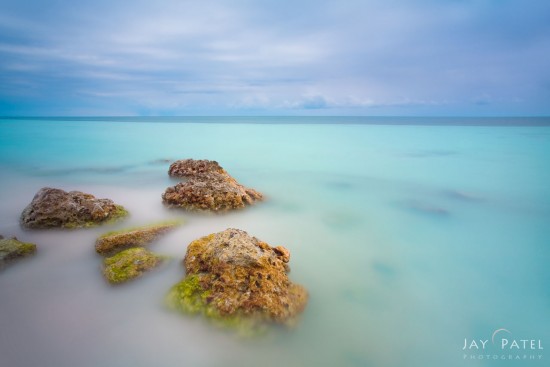
Minimalistic wide angle nature photography with 56 Second Camera Exposure with a ND Filter, Bahia Honda, Florida
With the help of an ND filter, this can be done at any time of the day. Take a look at this nature photo from Bahia Honda in Florida. I used a 56-second shutter speed to capture a minimalist image of the fabulous colors of the water with a wide angle lens.
So… if minimalism is your thing, don’t ignore your wide angle lens. Instead, put on your creative hat and challenge yourself.
This is exactly the kind of information available in our Wide Angle Lenses Course. This course demonstrates how to make the most out of your wide angle lens to capture stunning photos that makes you feel like you are looking out of a window.
Visual Wilderness https://ift.tt/2Ok4q4r
Sourced by Time Trap Photography sharing the best photography tips, news and tricks throughout the industry. Time Trap Photography is dedicated to freezing those special moments in life that can be revisited and admired for generations to come. - Shannon Bourque
Please visit our main site for booking availability and rates.

Receive valuable industry knowledge delivered free to your email each day.










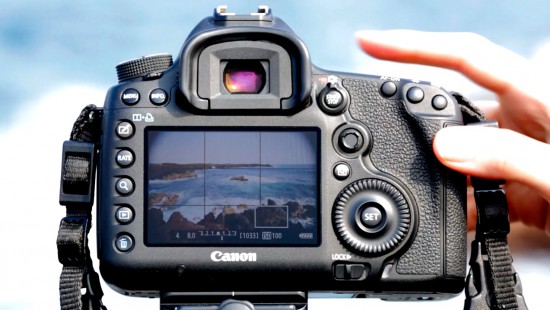
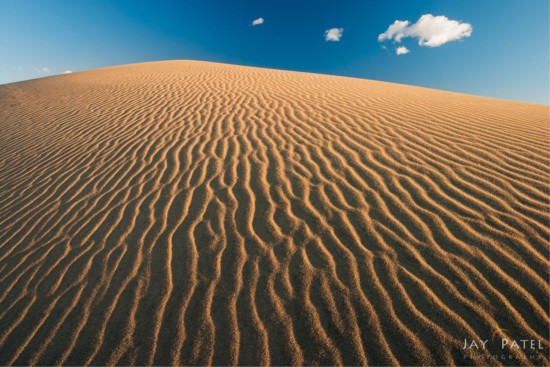
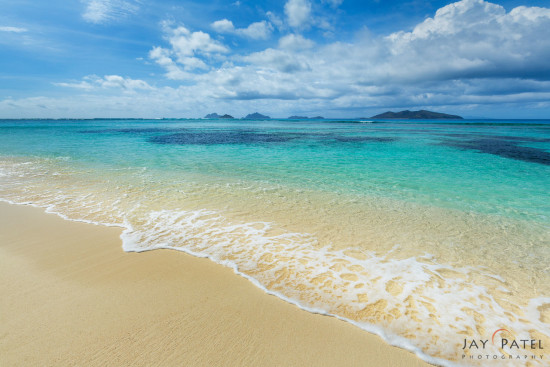


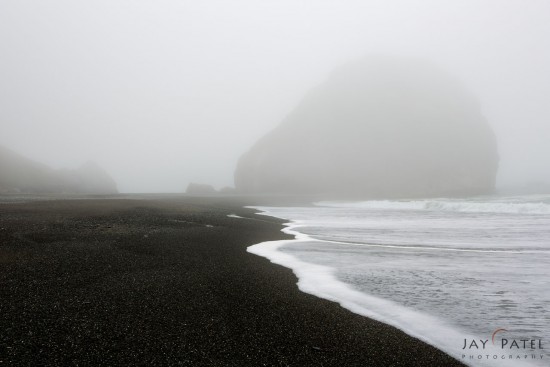
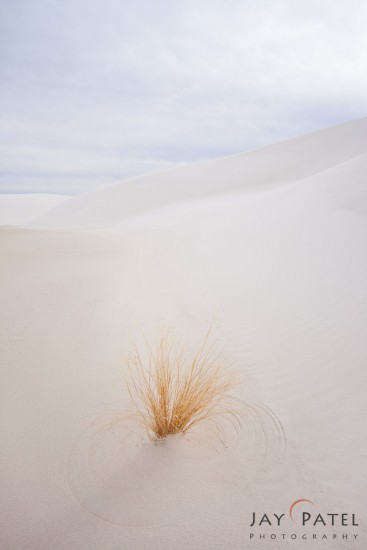





No comments:
Post a Comment
Thank you so much for your comment. A moderator will review and approve all relevant posts. We appreciate your support and encourage you to stay with us by subscribing to our email updates. Where you can easily pick and choose what photography subjects interests you. Subscription link: http://bit.ly/photo-sub